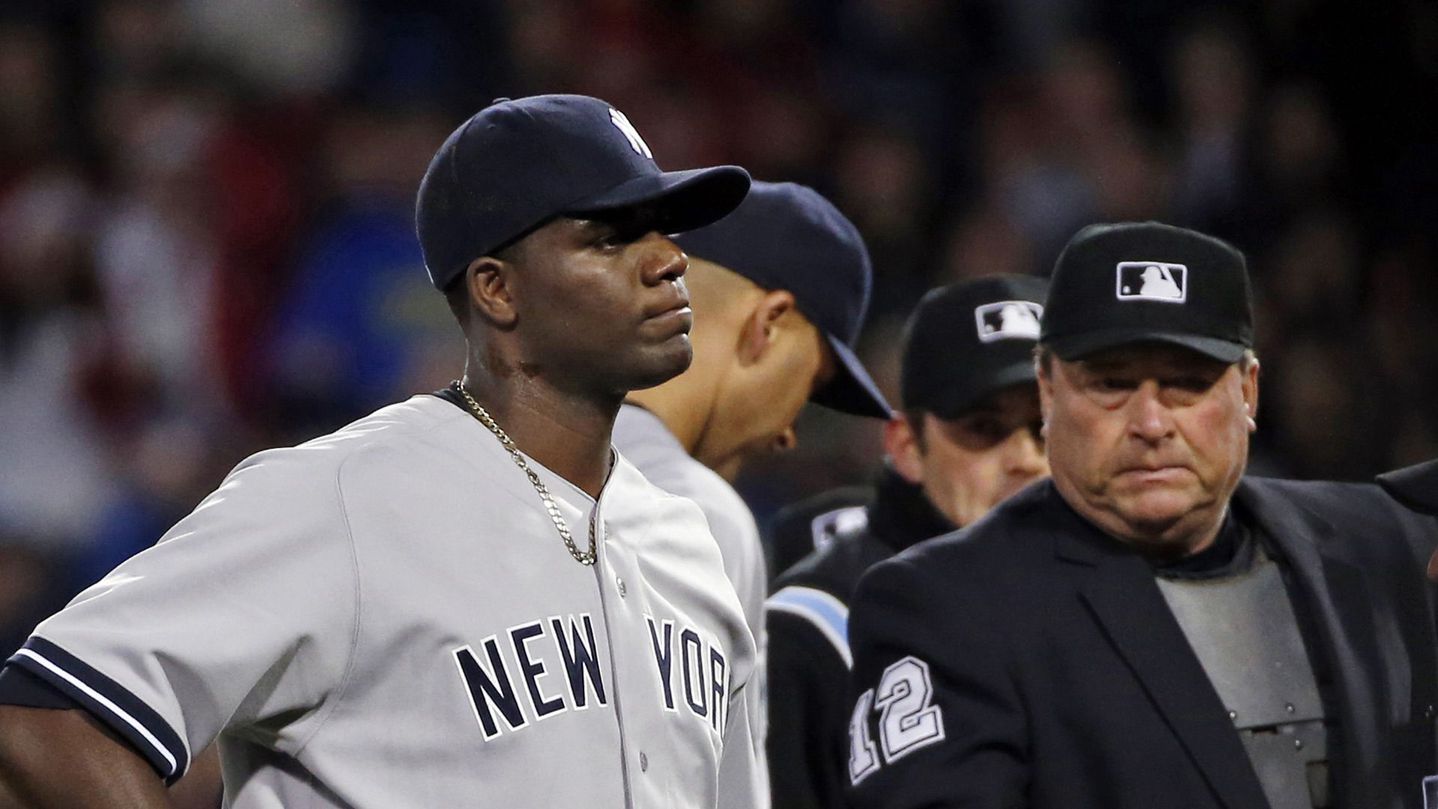Finally, Say Goodbye to Derek Jeter and the Longest Goodbye in History

New York Yankees’ Derek Jeter smiles at Yankee Stadium, Sunday, Sept. 21, 2014 in New York. Image: Seth Wenig/Associated Press Perhaps it’s that misty-eyed “America’s pastime” trope. Maybe it’s that the game lacks a clock’s anxiety-inducing march toward 0:00. Or maybe it’s childhood memories of post-game orange slices for everyone. Whatever the reason, baseball seems to lend itself to treacly nostalgia more than any other U.S. sport. But do you know what you get if you take all of baseball’s latent, maudlin sentimentality, then infuse that with some good old fashioned NYC-centrism and — most of all — a ton of cold, hard cash? You get the longest goodbye in the history of goodbyes — or, in other words, Derek Jeter‘s months-long retirement ceremony. Ah, Derek Sanderson Jeter, the unassuming kid from Kalamazoo, Michigan, who broke into the bigs at age 20 in 1995 then spent the next two decades becoming a baseball icon before playing his final home game at Yankee Stadium this Thursday (a weekend series in Boston ends his career for good). Ah, Derek Jeter, otherwise known simply — and regally — as The Captain, a superstar on the diamond and the smoothest of operators off it. Ah, Derek Jeter, perhaps the most marketable baseball star of all time, the player whose pinstriped number 2 shirt is the best-selling baseball jersey in history. And now we’re finally getting somewhere. When Gatorade released a breathless Jeter tribute last Thursday, it wasn’t even the first hashtag-brand to put out a lengthy, glossy YouTube spot full of soft lighting and cliched NYC imagery in honor of Jeter. Nope, Nike beat Gatorade to that punch way back in July, before Jeter’s final All-Star Game. (Final season, final All-Star Game — we can only assume some enterprising ball-boy will frame the newspaper Jeter reads during his Final Yankee Stadium B.M., but haven’t fact-checked this to be sure.) To correspond with its Jeter tribute, Nike tried to shove the hashtag #RE2PECT down our throats. Because he wears the number two, get it? And that uh, kind of looks like an “S”? Do you get it? Mutilating the very word “respect” as a sign of #RE2PECT for one as famously #CLA22Y as Jeter could strike some as baldly cynical, of course — a bit #DI2RE2PECTFUL even. But then again, this is about re$pect more than it’s about #RE2PECT. (Nike even has a “Re2pect Collection;” T-shirts are $35.) Re2pect @jumpman23 pic.twitter.com/OYemkDXIzC — Mark Wahlberg (@mark_wahlberg) September 2, 2014 Nike and Gatorade aren’t alone here — oh no, not by a long-shot. You could see this all coming way back in February, when Jeter first announced the 2014 season would be his last. Derek Jeter smiles at a news conference after being named American League Rookie of the Year in 1996. Image: Ron Frehm/Associated Press Now here we are. Average ticket prices for Jeter’s final home game exceed $800. Toys — toys! — are reenacting his top 10 career highlights. Tickets for a “Farewell Derek Jeter […]
